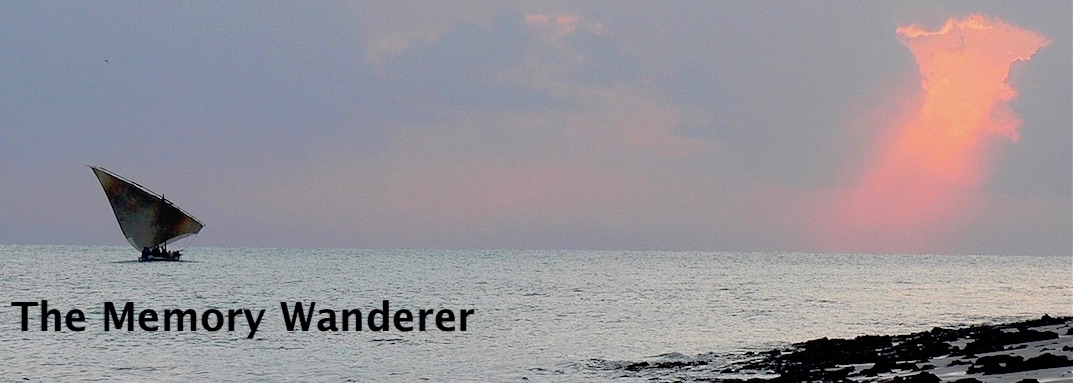
Wednesday, March 31, 2021
Small (and Larger) Bird News
Tuesday, March 30, 2021
What Have We Done?
Today's walk along the beach to the southwest of Golspie started well - to begin with, the forecast rain was holding off and, as the morning progressed, the sun showed his face - and it was also good to find that the sea had kindly returned most of the beach sand which it borrowed for the winter. However, from there on it became an increasingly depressing perambulation, because for me one of the great pleasures of walking is observing....
Monday, March 29, 2021
Collapse of the Beit al Ajaib
Sunday, March 28, 2021
Ach na Corra
This glebe is a substantial field which runs from the manse almost to the sea and is a favourite place for both herons and curlews. That it's called Ford Park may be a reference to the ford across the Golspie Burn which is located by the turreted building at bottom right.
Friday, March 26, 2021
Greens
Unless buried under snow, the winter woods around here are always green from the mosses that cover not only every piece of dead and fallen wood but also the living, sometimes extending almost to the canopy of quite tall trees. However, today a new and much brighter green, the green of newly-growing grass, was very evident.
Thursday, March 25, 2021
Losing More Moorland
Here's that lovely moment when one approaches the gate that leads onto....
We had walked straight uphill from the house, through Golspie Tower and the Beinn Bhraggie woods, following the track which, if pursued to its end, reaches the summit of the ben.
By the side of the track we noticed a collection of similar bags to those we'd seen at Lochlundaidh, where they were tree planting, but all of these contained........non-coniferous trees, holly, blackthorn, alder, downy birch, aspen, hazel and sessile oak.We've known for some time, from the new fences marching across the landscape, that this lovely open land was going to disappear under trees but it seems odd that the only trees delivered are deciduous. Are these the 10% deciduous trees which the Sutherland Estate was supposed to plant at Lochlundaidh, because we noticed few trees there which weren't coniferous? Perhaps I'm being overly suspicious; perhaps the estate is only going to plant native trees here; perhaps pigs will fly. I just wish I could at least believe that the big landowners are planting these forests for the good of the planet and not their pockets.Never mind, on the way down through the forestry we saw a crossbill. These birds do appreciate a bit of coniferous woodland.Wednesday, March 24, 2021
Bawe Island
 I do enjoy browsing through the photographs I have of the holidays we took in Tanzania in the early 2010s. They remind me of three very enjoyable visits to the country of my birth but, occasionally, the enjoyment throws up a question - which is what happened this afternoon.
I do enjoy browsing through the photographs I have of the holidays we took in Tanzania in the early 2010s. They remind me of three very enjoyable visits to the country of my birth but, occasionally, the enjoyment throws up a question - which is what happened this afternoon.
This is a picture of an island we saw out of the window of a light aeroplane on our flight from Saadani to Zanzibar in 2012. It lies in the Zanzibar Channel, nearer Zanzibar than the coast of Tanganyika. What island is it?
These days such questions are easily answered - it's Bawe Island, and I have marked in orange the approximate flight path of our 'plane. Bawe is one of a little archipelago of beautiful coral islands off Zanzibar's capital, Stone Town.Today it's the site of the Bawe Tropical Island Resort, the accommodation being for 30 people in 15 luxurious cottages strung out along the white-sand beach. It's a 30-minute boat ride from Stone Town, so it's easily accessible.... at which point another thought came to me. My mother and father met and married and lived in Zanzibar, and my mother loved beaches. Did they ever go out to Bawe?Tuesday, March 23, 2021
Woodpeckers

Monday, March 22, 2021
Living with a View - 6

Sunday, March 21, 2021
Wildfowl Along the Shore


















































